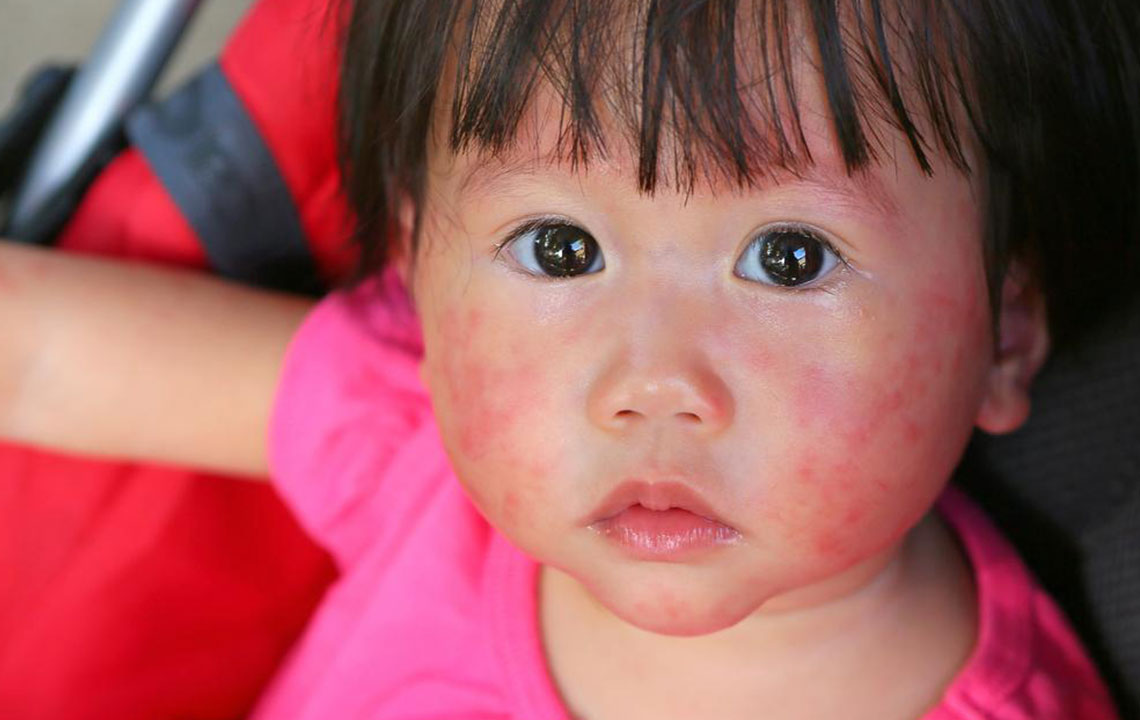4 useful tips to treatment of atopic dermatitis in children
Dermatitis, which can also be called eczema, is the inflammation of the skin in the form of rashes, infections, and itchiness. While the condition may last only for a short time, the rash may appear in the form of blisters. In the absence or lack of dermatitis medication, the skin may become thickened. However, this thickness may vary in different parts of the body.
Atopic dermatitis, a common form of the dermatitis condition, mostly affects infants and children.

As we study more about this disease, we get to know that there is no clear cause for this disease. It commonly occurs due to several genetic and autoimmune factors. The conditions of atopic dermatitis may worsen due to exposure to environmental conditions. In some instances, emotional stress may worsen the symptoms.
Proper dermatitis medication is required for children who suffer from atopic dermatitis. Since there is no specific treatment for the disorder, it is possible to keep it under control. The various ways in which you can control the symptoms of dermatitis medication are as follows:-
- Lifestyle: Since the skin becomes dry and scaly and there is itching, it is important to keep the skin moisturized by the application of moisturizers or other ointments as prescribed by a dermatologist. Bathing the patient in salted, luke-warm water may help the skin to remain hydrated.
- Diet: It is important to follow a diet that may act as dermatitis medication for the patients. Food items rich in vitamin D as well as its supplements, and food items rich in PUFA and MUFA should be administered to the children with atopic dermatitis. Probiotics are often known to have a positive effect.
- Medicines: Topical corticosteroids drugs, such as hydrocortisone, have been known to be effective dermatitis medications and they have been proven to have positive effects on the skin.
- Phototherapy: Not exactly a dermatitis medication , but an exposure of the affected parts of the skin to UV-rays in a light chamber is another modern and beneficial way of treating the condition.